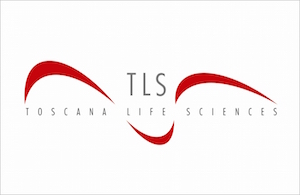The immunoglobulin E (IgE) are present in human serum and associated with hypersensitivity and allergic reactions, so that the allergy tests are generally based on the dosage of IgE in a patient's blood sample in response to a certain allergen. The clinical research has shown that, in certain cases, the level of allergen-specific IgE antibody might be predictive of a positive allergen challenge test, such as relates to food allergy, and of the presence of more severe disease (e.g. wheeze) in children with asthma. However, serum IgE concentrations do not accurately predict the severity of allergic reaction, but do reflect the likelihood of an allergic reaction of variable intensity. The aim of the present invention is to provide an alternative and more efficient method for diagnosis of allergic diseases and related device, based on the measurement of the impedance values in serum samples.
A method and a device that allows:
• optimizing the times required for carrying out the
test, and also lowering the costs in terms of reagents and instruments needed;
• evaluating the allergic reactivity of a patient by testing a patient's serum sample in
a very easy and fast way by measurements that prove to be reproducible and
repeatable over time.
N.A.
A method for in vitro diagnosis of allergic disease and a device for achieving this method that allows:
• performing in a very accurate way quantitative measurements of the IgE. The interaction between the immunoglobulin E and the allergen occurs through a bonding mechanism, as for any other antibody/antigen interactions. Following this interaction some of the free protons/electrons of the immunoglobulin structure come closer to the allergen structure, thus enhancing or respectively reducing the impedance value of the serum under testing. In other words, the higher is the difference in the impedance values measured, the higher is the interaction between the IgE and the allergen under testing.
• measuring the impedance values of a patient's serum sample before and after its contact with specific allergens of interest.







